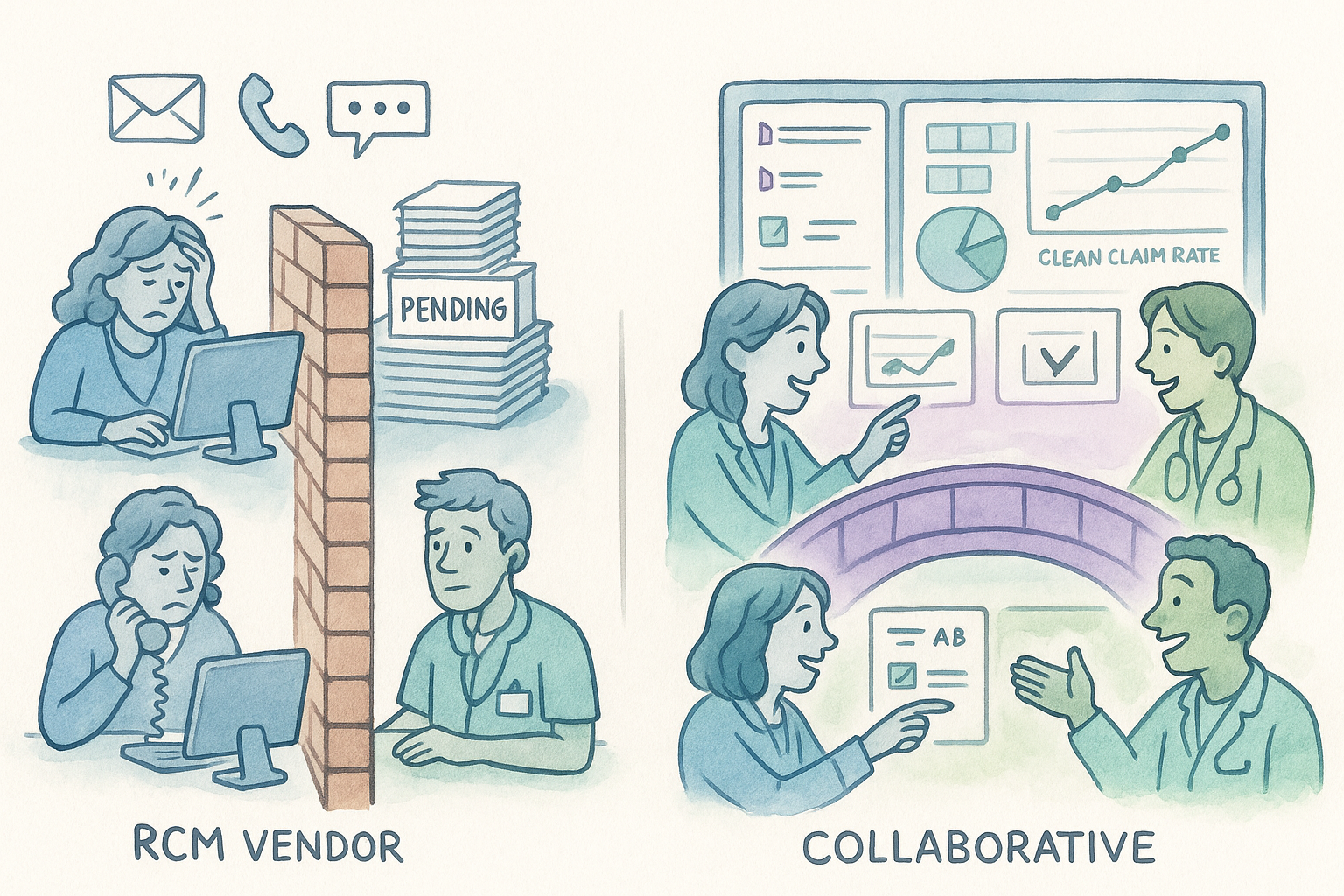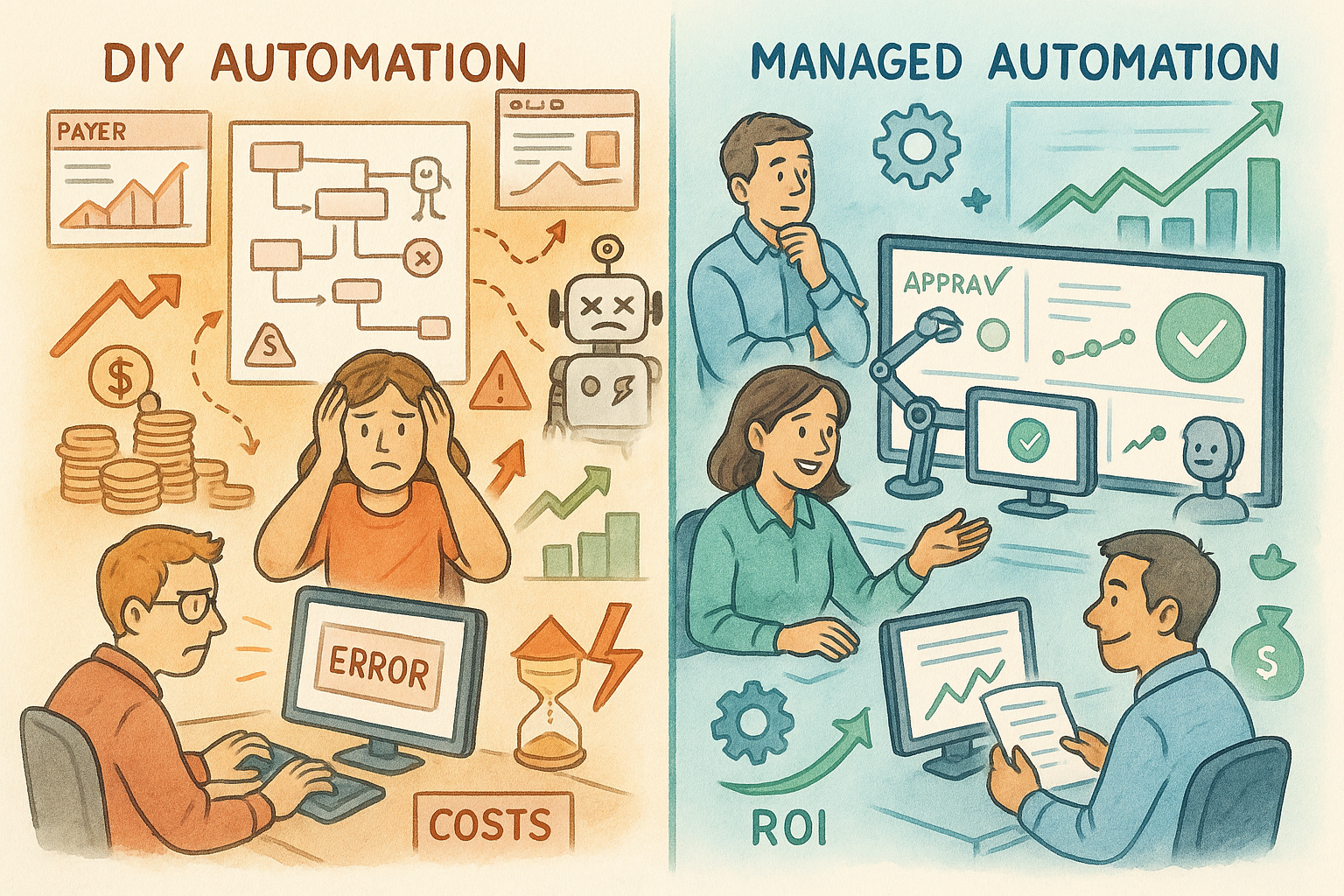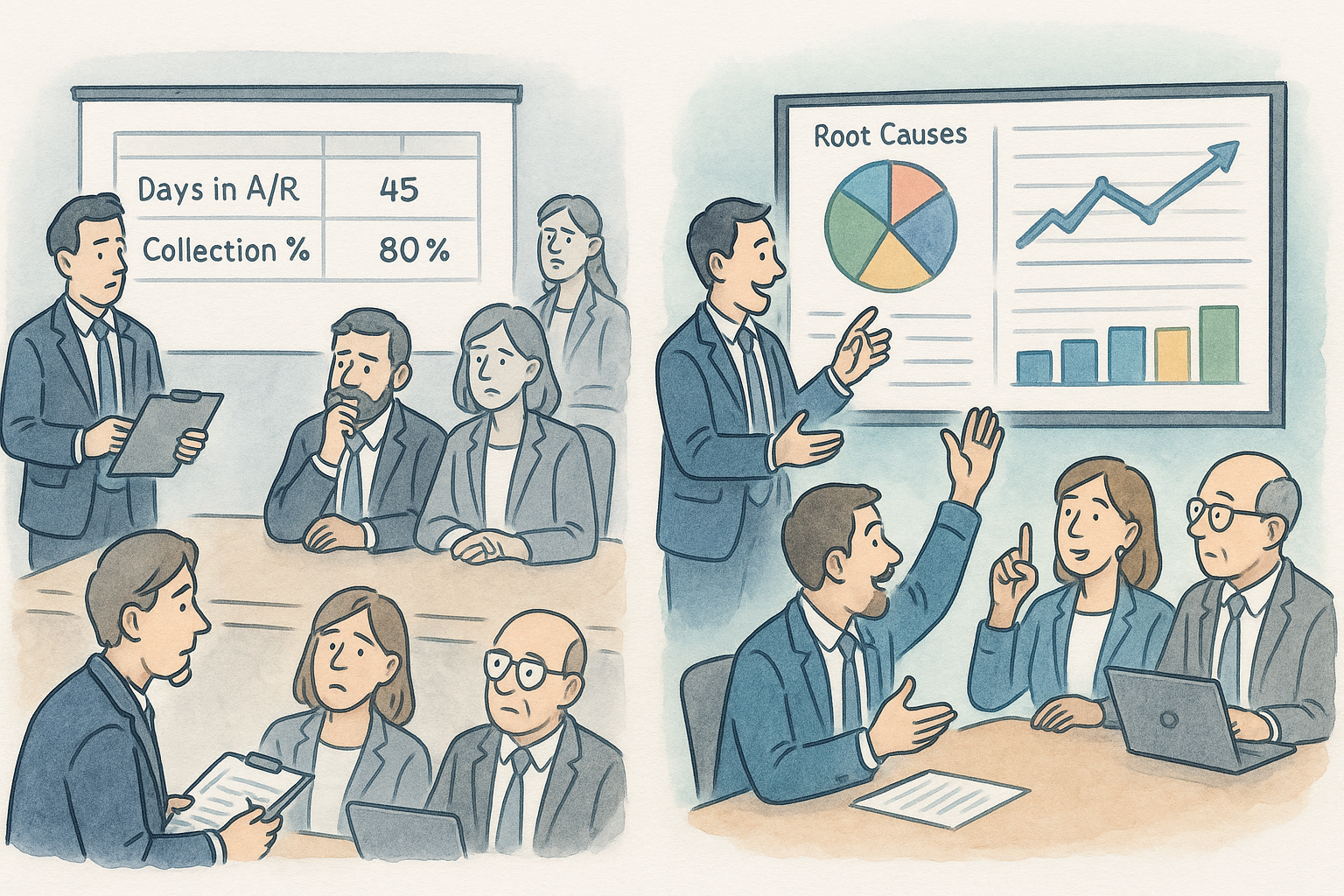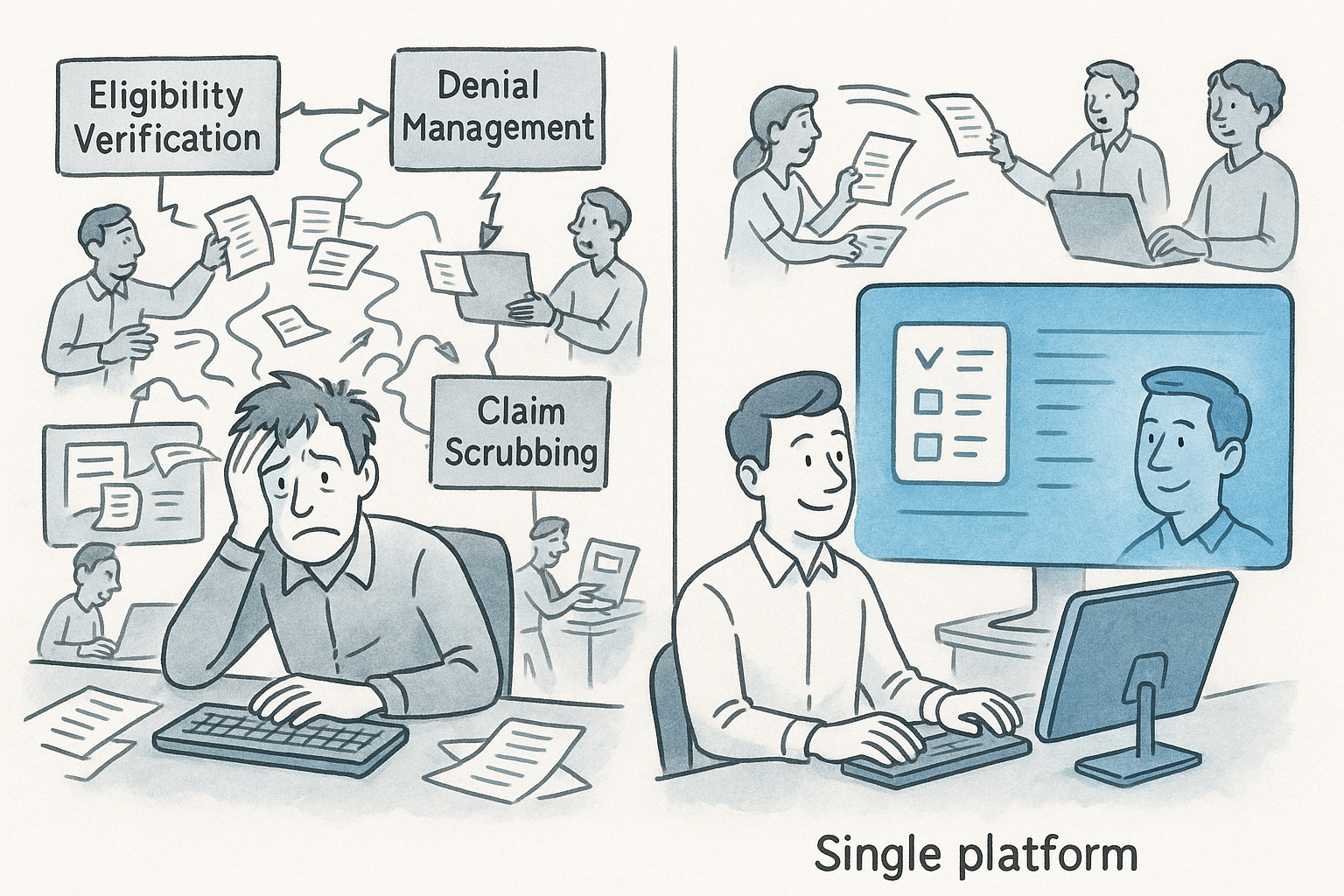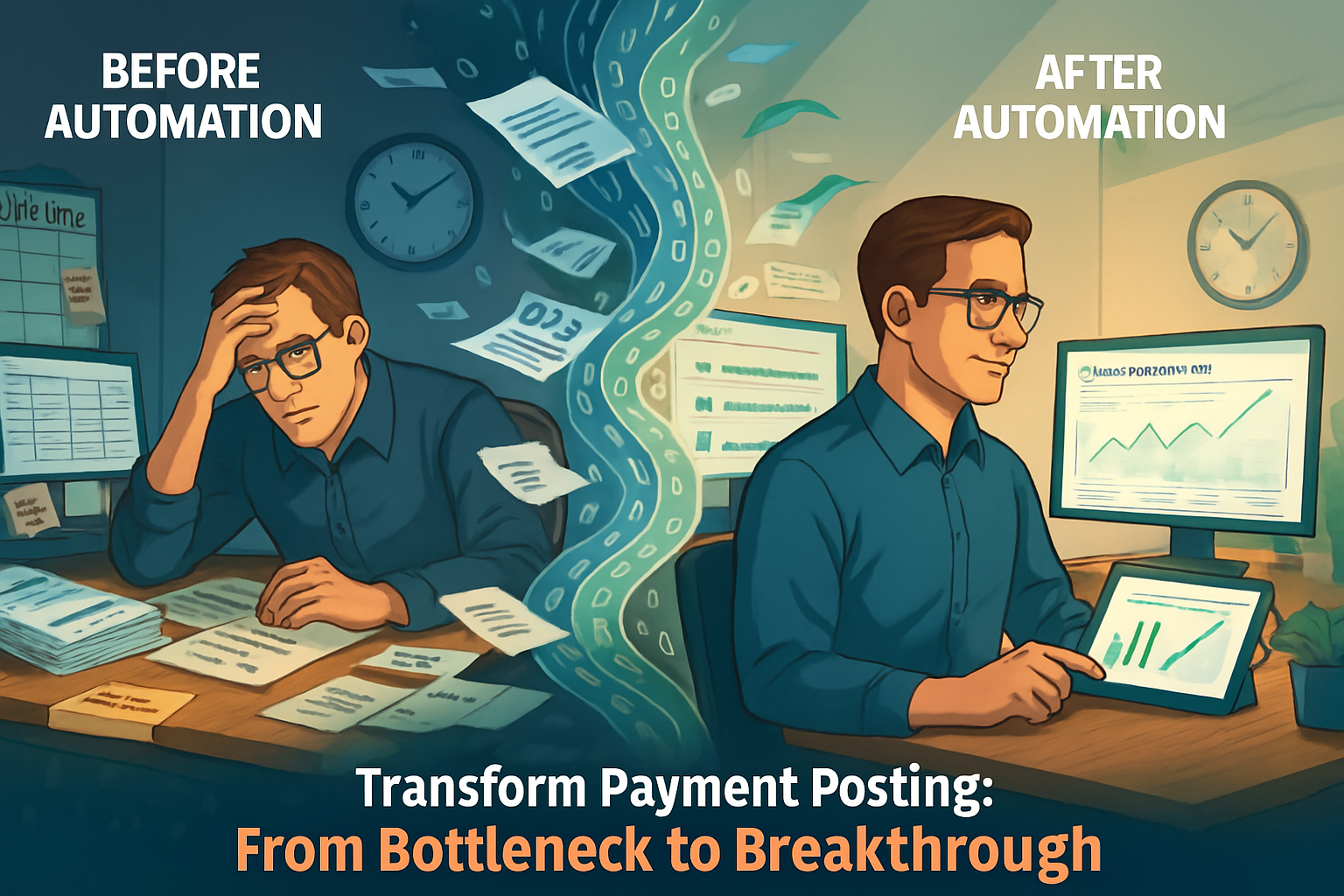In today’s digital age, effective billing is more than just issuing invoices and collecting payments. It’s a strategic function that leverages data to predict customer behavior, optimize revenue streams, and enhance operational efficiency. By utilizing advanced data analytics, businesses can transform their billing processes from reactive to proactive, ensuring not only timely payments but also improved customer satisfaction and retention.
Boosting Revenue Collection Through Proactive RCM Practices for Effective Billing
In the complex world of healthcare finance, proactive management within revenue cycle management (RCM) can lead to substantial improvements in revenue collection and patient satisfaction. Here, we explore effective strategies for RCM teams to optimize their processes and minimize outstanding accounts receivable (AR).
The Role of Data in Effective Billing
Data is at the heart of effective billing. Modern billing systems capture a wealth of information, including transaction histories, payment patterns, and customer preferences. Analyzing this data allows businesses to identify trends, predict future behaviors, and make informed decisions. Here’s how data can revolutionize billing:
- Predicting Payment Delays: By analyzing historical payment data, businesses can identify patterns that precede late payments. This could include changes in order frequency, reduced engagement, or past payment behavior. Predictive analytics models can flag at-risk accounts, enabling proactive outreach to address potential issues before they become problems.
- Optimizing Payment Schedules for Effective Billing: Data analysis can reveal the most effective payment schedules for different customer segments. Some customers might prefer monthly billing, while others might be better served with quarterly or annual invoices. Tailoring billing cycles to customer preferences can improve on-time payment rates and customer satisfaction.
- Dynamic Pricing Strategies: Using data, businesses can develop dynamic pricing models that adjust based on demand, seasonality, or customer behaviour. This not only maximizes revenue but also ensures competitive pricing. For instance, subscription services can use data to offer personalized discounts or bundle packages that resonate with specific customer segments.
- Reducing Churn: Predictive analytics can help identify customers who are likely to churn. By recognizing early warning signs, such as a drop in usage or delayed payments, businesses can implement retention strategies, such as targeted offers or personalized communication, to keep customers engaged.
- Enhancing Transparency and Communication for Effective Billing: Detailed billing statements, supported by data, provide customers with a clear understanding of charges and usage. This transparency builds trust and reduces disputes. Automated reminders and notifications, informed by data on customer behavior, can also ensure timely payments and enhance customer communication.
Strategic Pattern Identification and Preemptive Action
A key strategy in RCM is identifying common billing patterns and preemptively addressing potential issues. For instance, certain procedures like vasectomies often result in predictable patient charges, especially when patients have not met their deductibles. Recognizing these patterns allows RCM teams to proactively engage with patients about their financial responsibilities. By collecting predictable copays and deductibles – by payor, by service line – patient financial services teams can improve the rate of on-time payments.
Revisiting Small Balance Adjustments
Small balance adjustments are another area where RCM can refine their approach to enhance efficiency. Typically, practices might not bill patients for amounts under a certain threshold, such as $20, to avoid the administrative cost of billing and collections for small amounts. However, regular review of these thresholds is crucial. For example, if a common copay amount increases due to policy updates within a large employer in the community, adjusting the copay requirement fields to prevent shortages can prevent future revenue losses that would otherwise be written off in batches of uncollectible small balances.
Efficient Use of Technology and Reporting for Effective Billing
The utilization of advanced reporting tools can significantly aid in uncovering inefficiencies and opportunities within the RCM process. These tools can provide detailed insights into effective billing patterns, allowing teams to make informed decisions about where to focus their efforts for maximum impact.
Dedicated Roles for Issue Resolution
Creating specific roles within the RCM team to handle daily disruptions can greatly improve overall efficiency. Designating an “in-house firefighter” to manage unexpected issues ensures that other team members can focus on their core responsibilities without distraction. This approach helps maintain a streamlined operation, even on days with unexpected challenges.
Benefits of Data-Driven Effective Billing
The advantages of using data to predict and act in billing are significant:
- Increased Revenue: Effective billing cycles and dynamic pricing strategies can boost revenue by ensuring timely payments and maximizing pricing opportunities.
- Improved Cash Flow: Predicting and addressing payment delays helps maintain steady cash flow, crucial for business operations.
- Enhanced Customer Satisfaction for Effective Billing: Tailored billing processes and transparent communication build trust and loyalty, reducing churn and fostering long-term relationships.
- Operational Efficiency: Automating billing processes and using data to inform decisions streamline operations, reducing manual efforts and errors.
Conclusion
By adopting a proactive and strategic approach to revenue cycle management, healthcare providers can significantly reduce outstanding AR, improve cash flow, and enhance patient satisfaction. These practices not only streamline operations but also position RCM teams as critical contributors to the financial health of healthcare organizations. Through continuous improvement and strategic adjustments, RCM can evolve from a back-office function to a dynamic, value-adding component of the healthcare delivery system.

